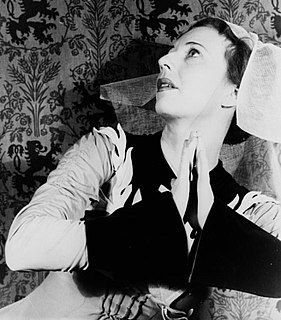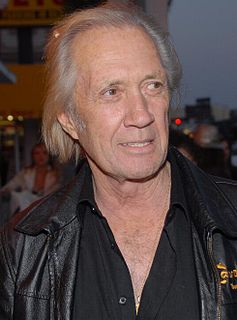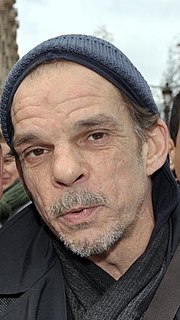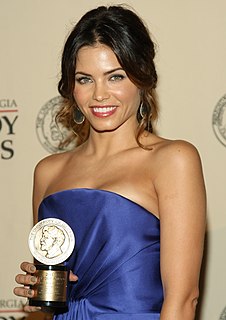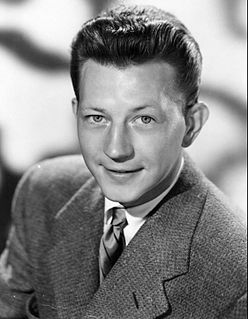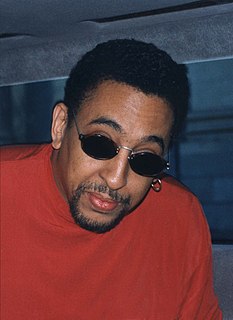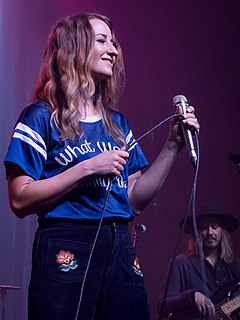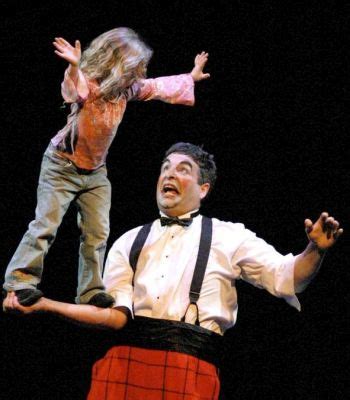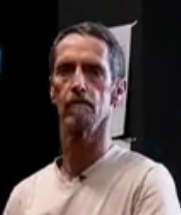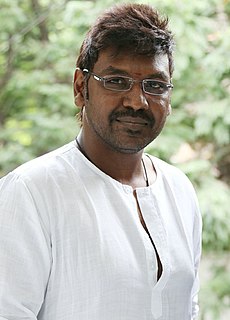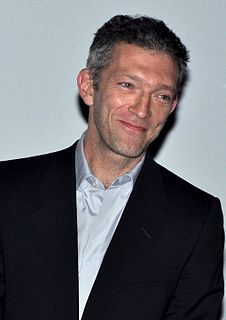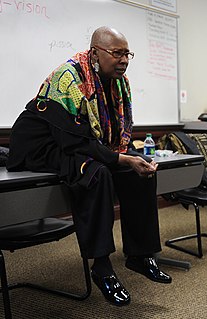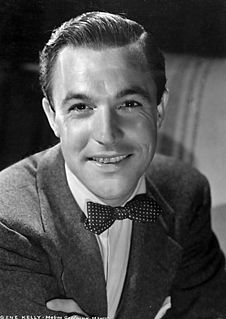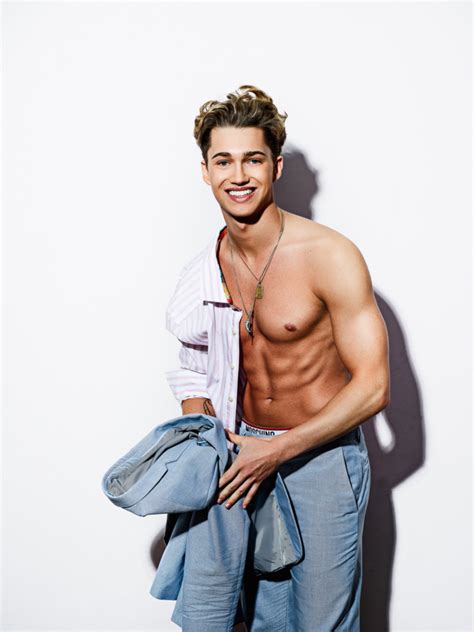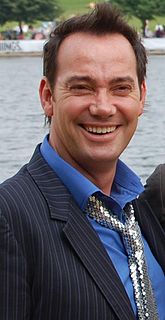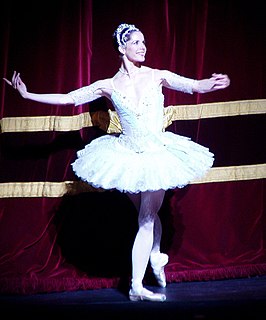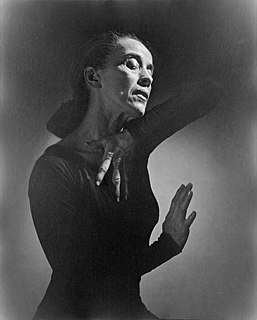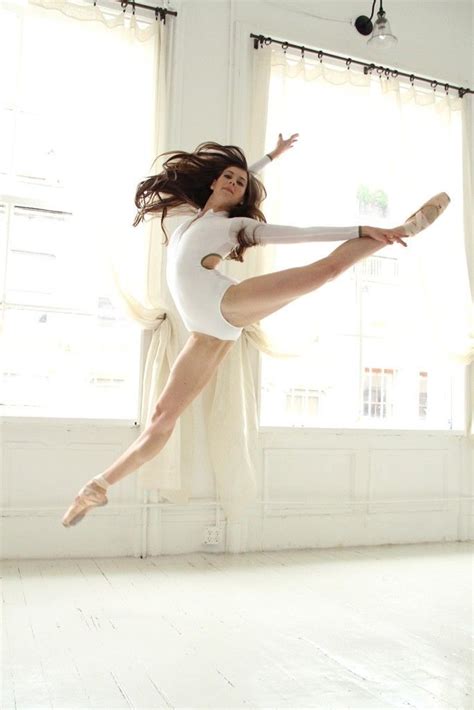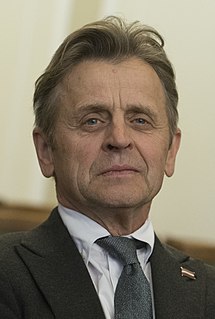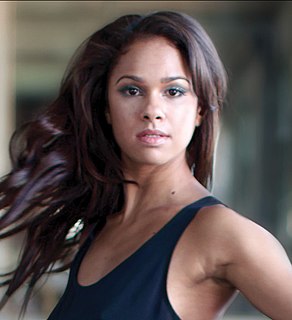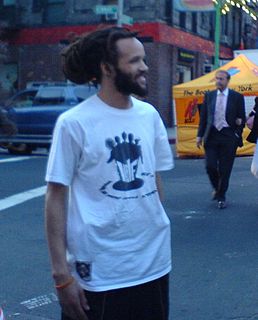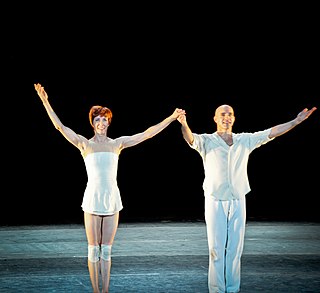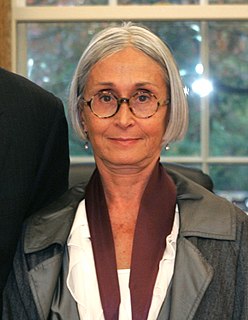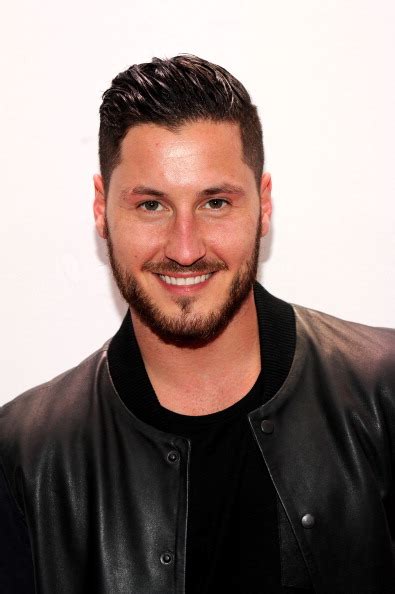A Quote by Agnes de Mille
But remember that intent is everything. One does not just jump, one lifts into the air, one rises. In the same way the lifted leg of an arabesque becomes a wing, and not a mechanical leverage like a raised trap door. This is the precise difference between dancing and acrobatics. The dancer tries to express something; the acrobat merely pulls, raises, stretches and grinds. The acrobat is lost in a web of muscles the dancer is all but invisible in projected idea.
Related Quotes
Zen brings creativity. And remember, if you want to be one with the creator, you will have to learn some ways of creativity. The only way to be one with the creator is to be in some moment of creativity, when you are lost. The potter is lost in making his pottery; the potter is lost while working on the wheel. The painter is lost while painting. The dancer is lost; there is no dancer, only the dance remains. Those are the peak moments, where you touch God, where God touches you.
What I found interesting in dance is the idea that my work has always been dealing with the nervousness between the human subject as a subject and the human subject as a form. And if you look at my dance films, there are always these cuts between the dancer as a form, the dancer as a subject, and this kind of very harsh treatment of the dancer as someone who's actually drawing with their body.
Every concert pianist knows that the surest way to ruin a performance is to be aware of what the fingers are doing. Every dancer and acrobat knows enough to let the mind go, let the body run itself. Every driver of a manual vehicle arrives at destinations with no recollection of the stops and turns and roads traveled in getting there. You are all sleepwalkers, whether climbing creative peaks or slogging through some mundane routine for the thousandth time. You are all sleepwalkers.
